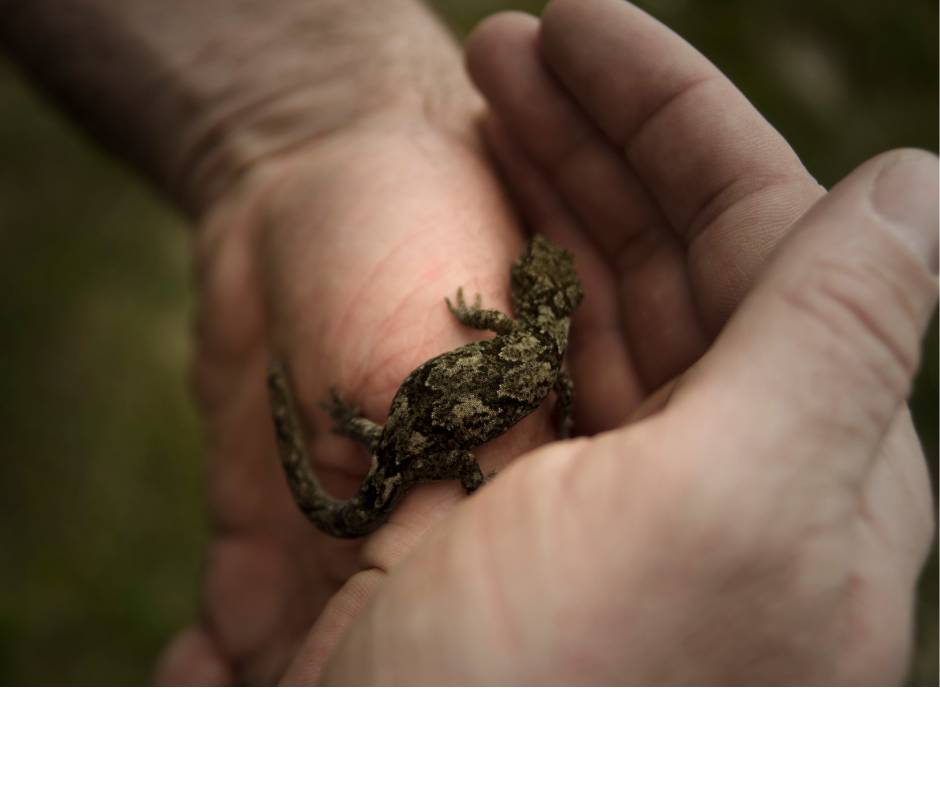
Can wine be sustainable if it's from New Zealand?
Share
Most of us (at least we hope) think about the environmental impact of growing or producing the food and products we buy. It's not so much a matter of trends as a necessity to act responsibly towards the planet and think about our choice. We at Wine's Bay also prefer to buy locally produced food and products. But we live in a global world that has opened up opportunities for growers and producers around the world. It is hard to imagine that we would not buy bananas, avocados, coffee and other exotic fruits and foods that cannot be grown in the Czech Republic on the market or in shops in the Czech Republic. Therefore, in this article we want to look at how emissions are created during the cultivation and production of wine and to what extent transport is involved.
Sustainable wine growing in New Zealand
“Sustainable Winegrowing NZ” is a widely recognized program in New Zealand that was introduced to the wine industry back in 1995. This program was introduced after considerable testing and was designed to provide a best practice model for environmental practices in the vineyard and winery.
In New Zealand, recognizing that the wine industry can achieve more together than alone, grape growers and winemakers across the country have gradually joined the programme. In 2002, sustainability certification standards in winemaking were introduced.
Today, 96% of New Zealand's vineyard production is "Sustainable Winegrowing NZ" certified, of which 10% also work within recognized certified organic programs. According to the principles of sustainability, the wine must be made from 100% certified grapes in 100% certified wine facilities that are independently audited.

6 principles of sustainability in winemaking
New Zealand focuses on 6 sustainability focus areas covering what matters most to industry, the environment and people - water, waste, pests and disease, land, climate change and people.
- Water
New Zealand is rich in water with over 50 major rivers, 770 lakes and abundant rainfall.
Water is vital to the New Zealand wine industry for vine irrigation, frost protection and wine production. The goal in this area of sustainability is for wineries to minimize water consumption and protect the cleanliness of waterways.
The ideal balance in viticulture is between minimizing water consumption and ensuring sufficient irrigation to ensure fruit quality. For example, winegrowers monitor rainfall, evaporation and soil moisture.
In a winery where water demand is mainly for grape processing and cleaning, an efficient cleaning process and proper management of waste and wastewater disposal systems are encouraged to prevent contamination of water sources.
Hot water that is used for sterilization during bottling can be reused for other cleaning activities or recycled through multiple washes. This saves energy and reduces water consumption, reducing the amount of wastewater that the winery must treat before discharge.
- Waste
Wine production, like all agricultural production, produces waste. Reduce, reuse and recycle is the mantra for those working in New Zealand's vineyards and wineries, where by-products are created from waste and reused efficiently.
The bulk of vineyard and viticulture waste - vine prunings, grape stalks and pomace (skin and seeds) - is mulched and/or composted, then applied back to the vineyards and gardens as nutrients that improve moisture retention, reduce weeds in the soil, increase organic matter and reduces temperature fluctuations - resulting in healthier vines.
Cardboard, plastic packaging, glass, batteries and even solvents and waste oils are reused or recycled rather than ending up in landfill. There is growing interest in by-products such as the processing of grape seeds to extract antioxidants for use in cosmetic products.
- Pests and diseases of grapevines
What are New Zealand winemakers doing to maintain high quality and unique wines? In order to maintain the quality of the wine, they focus on ensuring that the vines, grapes and wines are healthy and protected from diseases and pests.
99% of the New Zealand wine industry uses non-chemical methods of pest and disease control. A holistic approach allows for the introduction of biological methods and promotes higher weed tolerance, which leads to higher biodiversity, but can also limit the vitality of the vine. Therefore, winegrowers use only approved agrochemicals, but are strongly encouraged to use practices that do not contain unnecessary chemicals.

0 emissions by 2050
New Zealand's wine industry has committed to zero emissions by 2050. Emissions in the food industry usually only deal with emissions associated with transport and they are no longer concerned with how many emissions are generated by production itself. That is why in New Zealand they are focusing on limiting emissions during wine production itself.
The wine production phase is very energy efficient. It focuses on well-managed production processes that mean wine can be delivered to international markets more efficiently than to the local market. Efficient production factors include: lower use of fossil fuels; soil quality, solar conditions and rainfall mean less fertilizer is used; the electricity network is approximately 85% renewable (compared to the 25% average of OECD countries); a high level of forest management offsets roughly a third of all emissions across industries and also results in low impacts on pest and disease control.
In addition, the transport of wines from New Zealand to international markets is carried out by ship. It is 5 times more efficient than road transport.

Source: www.nzwine.com
